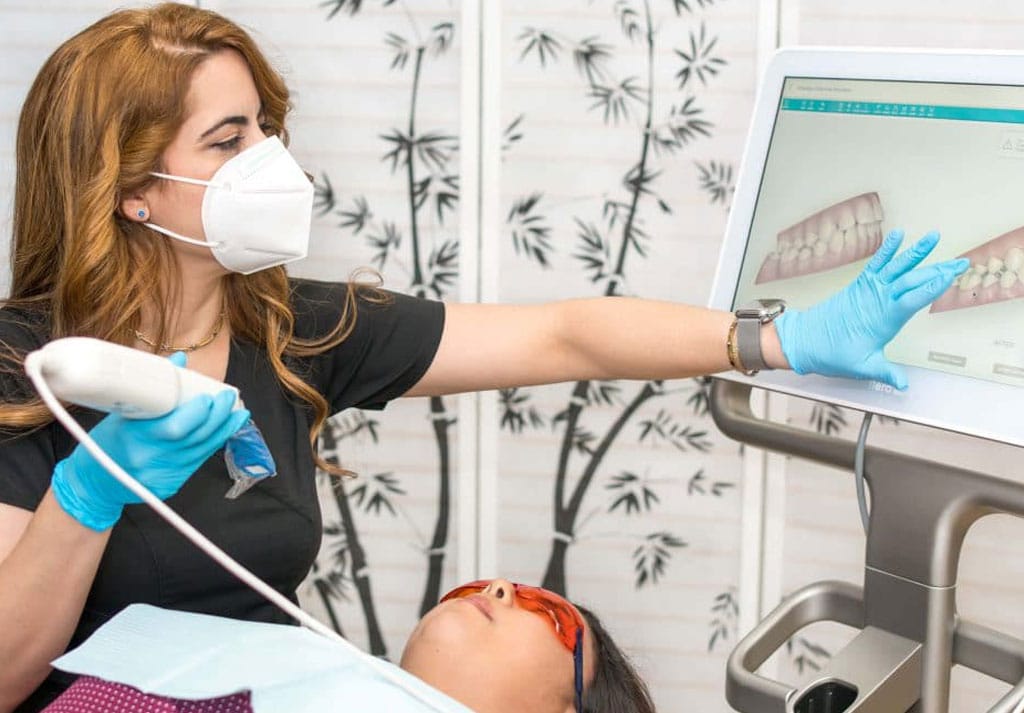
When doing business abroad it is important to understand the local culture. Culture includes areas such as a country’s norms, values, behaviours, food, architecture, fashion and art. However, one area of culture that is important for the international business person is etiquette.
Understanding business etiquette allows you to feel comfortable in your dealings with foreign friends, colleagues, customers or clients. Knowing what to do and say in the right places will help build trust and open lines of communication.
One aspect of etiquette that is of great importance internationally is the exchanging of business cards.
Unlike in North America or Europe where the business card has little meaning other than a convenient form of capturing essential personal details, in other parts of the world the business card has very different meanings.
For example, in Japan the business card is viewed as a representation of the owner. Therefore proper business etiquette demands one treats the business card with respect and honour.
Below we have provided you with a few examples of international business card exchange etiquette that may help you on your business trips abroad.
General Business Card Etiquette Tips:
Business cards are an internationally recognised means of presenting personal contact details, so ensure you have a plentiful supply.
Demonstrating good business etiquette is merely a means of presenting yourself as best you can. Failure to adhere to foreign business etiquette does not always have disastrous consequences.
When travelling abroad for business it is advisable to have one side of your business card translated into the appropriate language.
Business cards are generally exchanged at the beginning of or at the end of an initial meeting.
Good business etiquette requires you present the card so the recipient’s language is face up.
Make a point of studying any business card, commenting on it and clarifying information before putting it away.
Business Card Etiquette in China
Have one side of your business card translated into Chinese using simplified Chinese characters that are printed in gold ink since gold is an auspicious colour.
Ensure the translation is carried out into the appropriate Chinese dialect, i.e. Cantonese or Mandarin.
Your business card should include your title. If your company is the oldest or largest in your country, that fact should be highlighted on your card.
Hold the card in both hands when offering it.
Never write on someone’s card unless so directed.
Business Card Etiquette in India
If you have a university degree or any honour, put it on your business card.
Always use the right hand to give and receive business cards.
Business cards need not be translated into Hindi as English is widely spoken within the business community.
Business Card Etiquette in Japan
Business cards are exchanged with great ceremony.
Invest in quality cards.
Always keep your business cards in pristine condition.
Treat the business card you receive as you would the person.
Make sure your business card includes your title. The Japanese place emphasis on status and hierarchy.
Business cards are always received with two hands but can be given with only one.
During a meeting, place the business cards on the table in front of you in the order people are seated.
When the meeting is over, put the business cards in a business card case or a portfolio.
Business Card Etiquette in the UK
Business card etiquette is relaxed in the UK and involves little ceremony.
It is not considered bad etiquette to keep cards in a pocket.
Business cards should be kept clean and presentable.
Do not feel obliged to hand out a business card to everyone you meet as it is not expected.
recent post
What Is Cosmetic Dental Treatment?
June 8, 2023
What Are The Types Of Office Desks?
May 25, 2023
How Invisalign Performs?
May 25, 2023
What is the cause of the underbite?
May 10, 2023
subscribe

NEWSLETTER
Sign up for our Newsletter and stay informed

















